Why a PSU can have an impact
“After replacing the PSU, the video card coils stopped whining”. An extremely common statement and yet it always remains on a subjective level, which is a pity. But that is also why we will now look at things in an exact, numerical way. We do this by testing several graphics cards, where for each, noise levels of VRM coils are monitored with each ATX (3.0) power supply used. So how is it with the “whining”? When is it stronger and when is it weaker?
One tip that often appears in internet discussions on how to solve the louder coil whine in graphics cards is to use a different PSU. For some this may sound like a good idea and something they are willing to experiment with, for others it may sound like something that doesn’t make much sense. We were in the latter camp, or (let me drop the authorial plural) me personally. Rather than speculating about something in a “what could it be” way, it’s better to test things out and then draw some conclusions. For starters, though, let’s indulge in a bit of theory.
Why a PSU can have an impact
First, let’s explain why it makes sense to discuss the dependence of coil (graphics card) whine intensity on a used PSU (ATX). Before that, let’s briefly talk about why the coil makes the noise in the first place. The coil itself is basically a wire wrapped around a metal core. You can’t see it on current components because of the use of shielding (that rectangular box), but it’s exactly like that inside. This coil has a voltage applied to it, which creates vibrations. These, because of the design of the coils as such, are the source of the noise. How this noise will sound depends, besides the electrical properties, also on the degree of vibration damping by glue, stabilization.

If the coils were perfectly coated with it, there would be no vibration, no sound. However, to achieve such a state in practice would be extremely expensive, unprofitable, and that is why coils more or less “whine”. In fact, rather than “whistling”, it is a kind of “whirring”. It is in fact a mix of different frequencies of sound, not one distinctive one (like when you blow a whistle, for example).
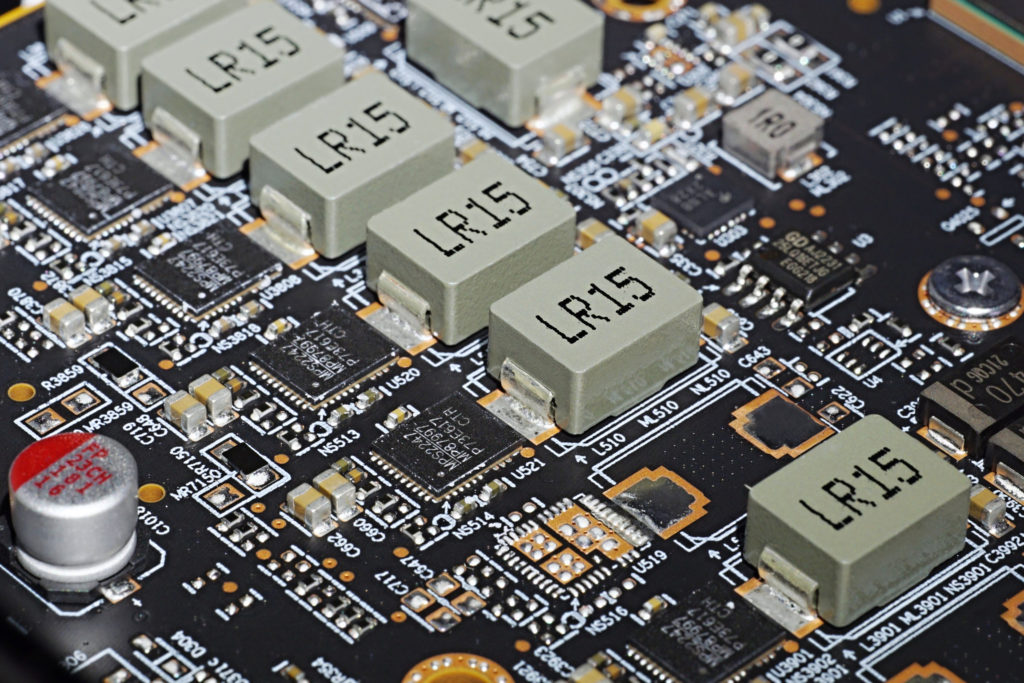
Coils are noisier or quieter depending on whether they are “better” or “worse” at hitting resonant frequencies at a given job. When they do hit them, they can be quite noisy.
For a more clear idea, we can probably note that coils have some “natural” resonant frequency that arises at perfectly clean voltages. But this (clean, smoothed voltage) is only a theory, and practice may be such that there is always more or less electrical noise. The latter is defined by a ripple of some amplitude (peak to peak in millivolts) and then a time period, or frequency. And we assume that it is the latter (the electrical noise frequency) that can interfere with and affect the “base frequency” of the coils. Negatively, but also positively. The nature of the electrical noise itself does not say whether the coils will be noisier or quieter due to its presence. Equally “aggressive” noise can lead to both results. It is only a question of whether, in interaction with it, the coils will be closer to or further from the resonant frequencies at which the loudest noise is achieved.
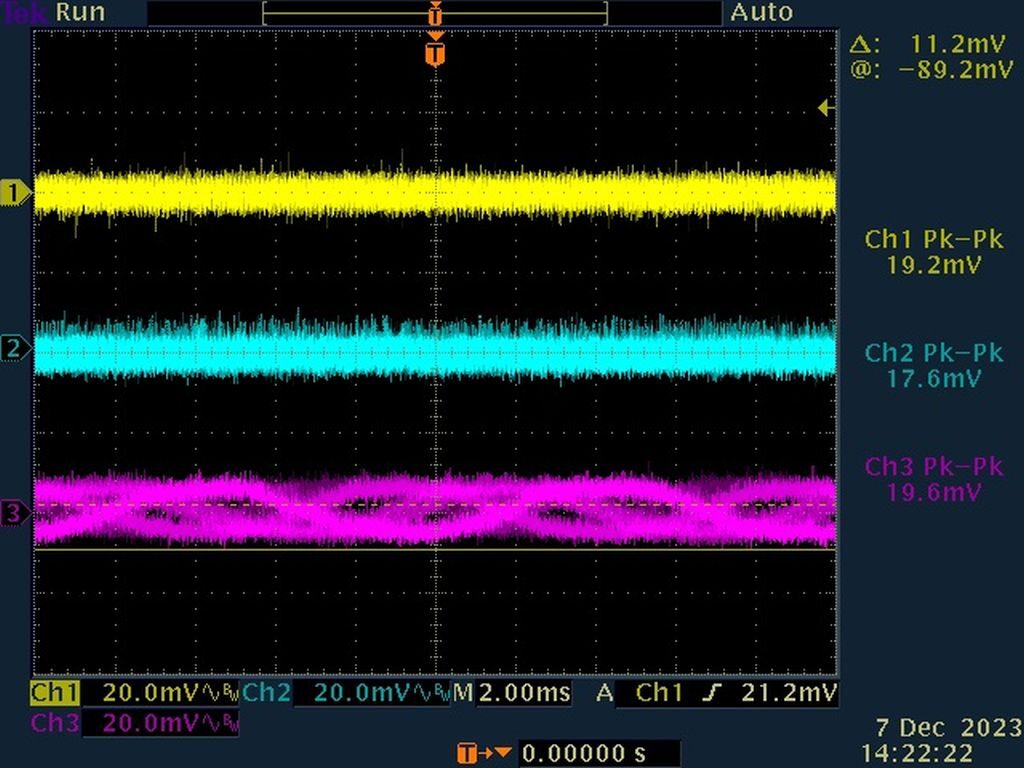
Now, on to why, in theory, none of what we wrote above would carry weight. There could be no dependence of coil whine on the power supply used, as long as there is perfect voltage smoothing at the level of the graphics card VRM ahead of the coils (on the capacitors), or smoothing to a degree that does not affect the coil vibration in any way.
However, such a situation can also be considered as purely theoretical and in practice there will be qualitatively different voltages on the coils, which may have an impact on the noise of the coils. Whether it’s dramatic or merely symbolic (or something in between) will only become clear in tests. One must prepare for these (tests) properly, so as not to end up measuring something different than what one wants. But we will get to that in the text of the next chapter with the testing methodology.
- Contents
- Why a PSU can have an impact
- Testing methodology
- Noise level measured with a noise meter
- Dominant frequencies...
- ... and their noise level
- Tonal peaks and noise levels in aggregate (chart)
- Complete sound spectrograms
- Conclusion





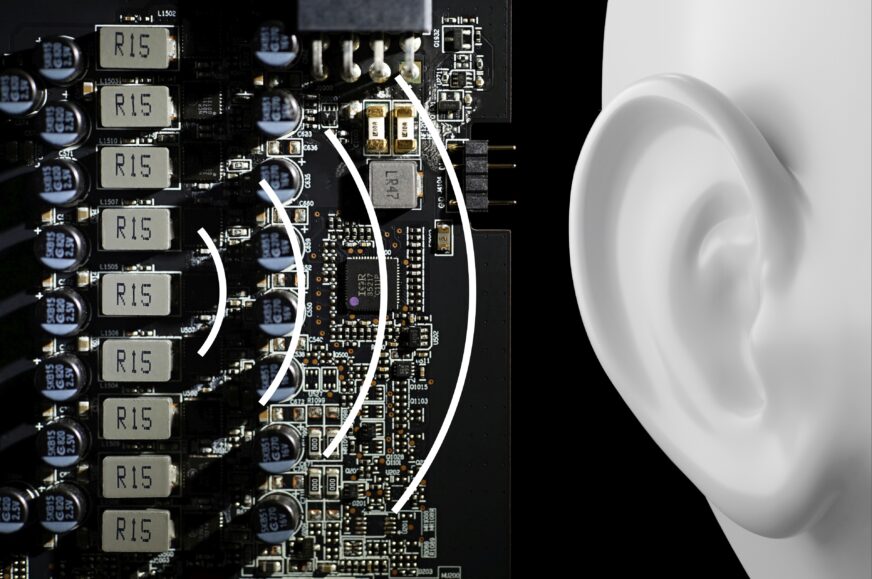
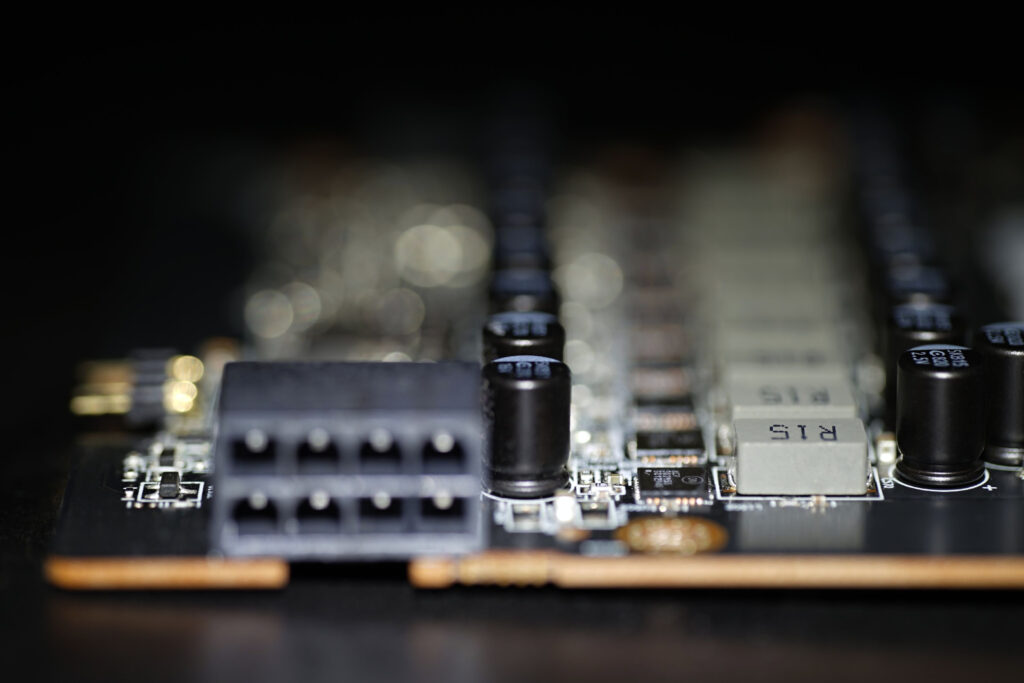
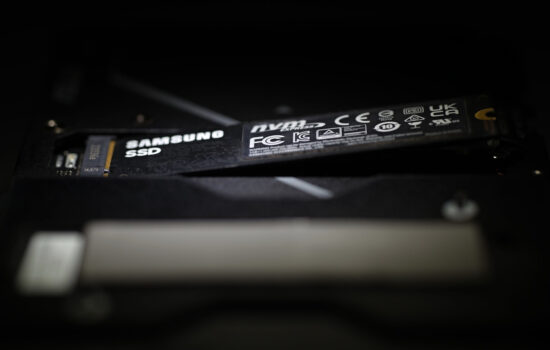
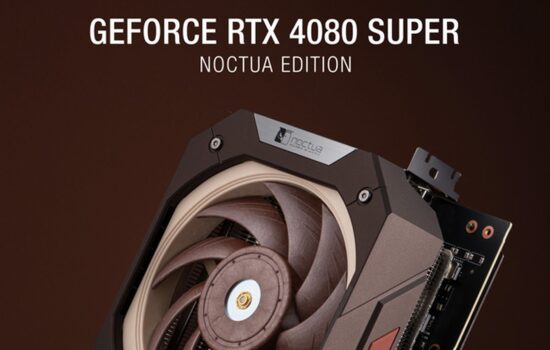
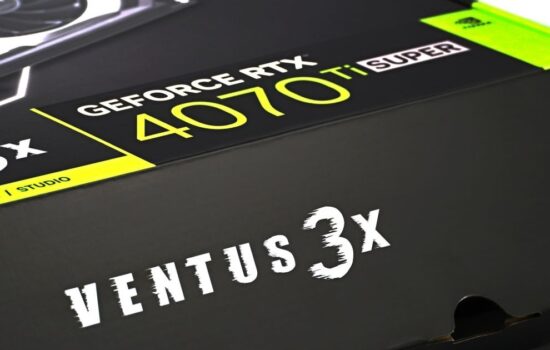



Great job, I don’t think anyone has ever tested this before! Indeed, the differences look quite small if compared to coil whine variance between GPU models. Based on your data, every other change will have a bigger impact than replacing the PSU. Undervolt, underclock, switching to a non-mesh PC case.
This is very interesting. Anecdotally, my 4090 Suprim X has occasional coil whine when working on Folding@home. Its not consistent, perhaps 1/24 hours it’ll whine, and of course its worse the more power its drawing. This was on my Corsair HX750 Platinum (2022? version) with the VHPWR adapter with 3 PCIE cables.
I switched to an FSP Hydro Ti 1000W and I used the native VHPWR cable and I haven’t noticed any whine since.
The sound that you have registered and no longer register may be the result of higher harmonic frequencies, which may eventually arise depending on the of noise in the power grid. The latter is always unique and each source may react differently to it. It is impossible to generalise here. What worked “somehow” with the same components in your country may work differently elsewhere (because the power supply is connected to a different network, with a different noise). And then there is what always applies. The sound that subjectively disturbed you may have disappeared, but the character of the coil whine may have changed so that someone else evaluates it as more disturbing (because again there may be a different frequency to which another user’s hearing is more sensitive, and which you may not mind). Personally, especially after this test, I have a great respect for this topic and I consider it advisable not to draw any conclusions, because they may be subjective. In any case, it is very dangerous to give any advice to anyone. They are always irresponsible because there are too many variables.